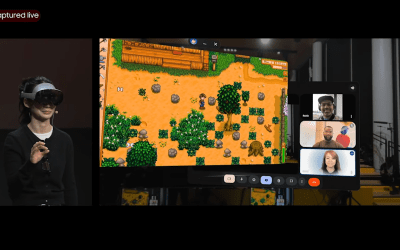
Knowledge

Creating a Knowledge Graph Using an LLM
In this tutorial, we’ll show how to create a Knowledge Graph from an unstructured document using an LLM. While traditional NLP methods have been used for extracting entities and relationships, Large Language Models (LLMs) like GPT-4o-mini make this process more accurate and context-aware. LLMs are especially useful when working with messy, unstructured data. Using Python,…

Building a BioCypher-Powered AI Agent for Biomedical Knowledge Graph Generation and Querying
In this tutorial, we implement the BioCypher AI Agent, a powerful tool designed for building, querying, and analyzing biomedical knowledge graphs using the BioCypher framework. By combining the strengths of BioCypher, a high-performance, schema-based interface for biological data integration, with the flexibility of NetworkX, this tutorial empowers users to simulate complex biological relationships such as…

Building Confidence in AI: Training Programs Help Close Knowledge Gaps
AI is reshaping the workforce at a breakneck speed, yet training efforts aren’t meeting the moment. Despite a quarter of executives feeling bullish on the technology, only 12% of workers have received AI-related training in the past year. This lack of preparation not only hinders the successful and safe adoption of AI, but also creates…

Beyond RAG: Building a Knowledge Management System That Enhances Rather Than Replaces Thought
I’ve been thinking a lot lately about where Zettelgarden fits into the long history of how humans manage and interact with knowledge. From Socrates worrying that writing would destroy memory, to today’s debates about AI-generated content, we’ve always struggled with how much of our thinking we should outsource to tools. While building Zettelgarden, I’ve had…

Can AI Models Scale Knowledge Storage Efficiently? Meta Researchers Advance Memory Layer Capabilities at Scale
The field of neural network architectures has witnessed rapid advancements as researchers explore innovative ways to enhance computational efficiency while maintaining or improving model performance. Traditional dense networks rely heavily on computationally expensive matrix operations to encode and store information. This reliance poses challenges when scaling these models for real-world applications that demand extensive knowledge…



